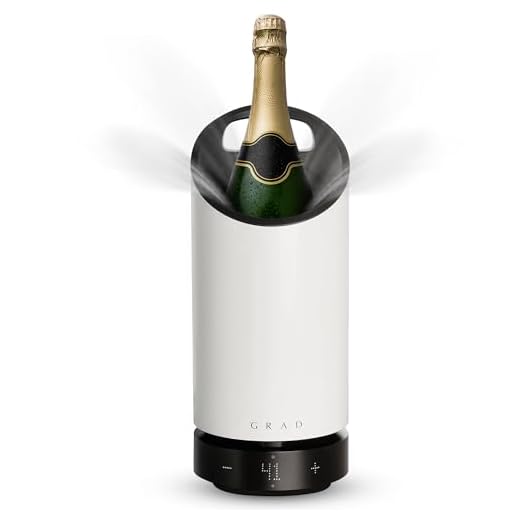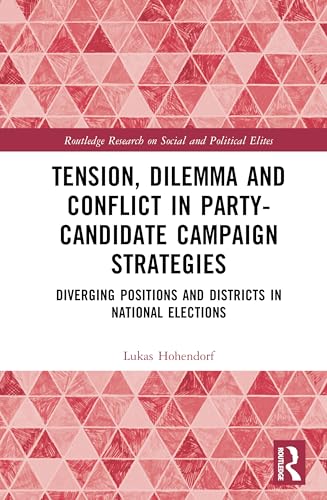



Typically, a well-maintained bottle of white can remain drinkable for three to five years. However, specific varietals exhibit varying characteristics that influence their longevity. For instance, premium Chardonnay and Riesling may age gracefully, extending their lifespan beyond the standard range, while lighter styles like Pinot Grigio are best enjoyed within two years of bottling.
To maximize quality, factors such as temperature control and humidity play crucial roles. A consistent temperature around 50-55°F (10-13°C) and a humidity level of 60-70% create an ideal environment for preservation. Store bottles horizontally to keep the cork moist, preventing oxidation.
Additionally, consider the closure type. Screw caps often indicate a wine meant for earlier consumption, while corked bottles may be designed for aging. Always assess the specific wine’s profile and vintage for tailored storage recommendations. Enjoying your selection at its peak will enhance the tasting experience.
Optimal Duration for Storing White Varietals
Typically, high-quality white varietals can be kept for 2 to 5 years. However, specific types possess unique characteristics influencing their aging potential. For instance, premium Chardonnay can thrive for up to 10 years if stored correctly. Conversely, lighter styles such as Pinot Grigio are best enjoyed within 1 to 3 years of bottling.
Temperature plays a critical role. Aim for a consistent range of 45-65°F (7-18°C). Fluctuations can spoil the delicate flavors and aromas. Humidity should be maintained around 70% to prevent cork drying, which can lead to oxidation.
Darkness is another factor. Prolonged exposure to light, particularly UV rays, can degrade the wine, diminishing its quality. Store bottles in a dark space, ideally in a wine cellar or a dedicated wine refrigerator.
For those considering energy solutions for optimal storage conditions, exploring a best solar generator power inverter power station can provide reliable power for your wine storage unit. This ensures that your collection remains at the perfect temperature and humidity, preserving its integrity.
Lastly, always check the cork upon opening. If it appears dry or crumbling, the wine may have been compromised. Enjoy your selections while they are at their best, and remember that timing is key for an exceptional tasting experience.
Understanding the Characteristics of White Wine
White varietals typically exhibit bright acidity, which plays a critical role in their aging potential. Wines like Sauvignon Blanc and Riesling thrive on this crispness, making them refreshing when consumed young. However, more structured options such as Chardonnay can evolve beautifully over time, developing complex layers of flavor.
Aromatics and Flavor Profiles
Aromas in white wines often range from floral and fruity to herbaceous and mineral. For instance, a young Pinot Grigio may present notes of green apple and pear, while an aged Sémillon can reveal honey and nut characteristics. Understanding these profiles helps determine the ideal time to enjoy each bottle.
<h3.Storage Conditions
Optimal conditions include a consistent temperature between 45-65°F and humidity levels of around 70%. Light exposure should be minimized to prevent premature aging. Choosing the right environment allows these wines to reach their full potential, whether enjoyed now or after some years in the cellar.
Optimal Storage Conditions for White Wine
Maintain a consistent temperature between 45°F and 65°F (7°C to 18°C). Fluctuations can negatively impact the quality. Aim for around 55°F (13°C) as a good average for aging.
Humidity levels should hover around 60% to 75%. This range prevents corks from drying out while avoiding mold growth. A humid environment keeps the seal intact, preserving the liquid’s integrity.
Store bottles horizontally to keep the cork moist, which prevents oxidation. Positioning them upright can lead to premature spoilage due to cork damage.
Light exposure is detrimental. Keep bottles in a dark area or utilize UV-filtered storage solutions. Excessive light can cause chemical reactions, affecting flavor and aroma.
Vibration disrupts sediment and alters the wine’s delicate balance. Store bottles in a stable environment, away from appliances and high-traffic areas.
Avoid strong odors nearby. Corks can absorb surrounding scents, which may taint the wine. Choose a clean, neutral space for storage.
Consider a dedicated wine fridge for optimal conditions. These appliances maintain ideal climate parameters, ensuring your collection remains in peak condition.
How Different Varieties Affect Shelf Life
Specific grape types significantly influence the aging potential of a bottle. For instance, Sauvignon Blanc typically thrives for about 1 to 3 years post-release, while Chardonnay can age gracefully for 3 to 7 years, depending on its style and oak treatment. Varieties like Riesling and Gewürztraminer, known for their acidity and sugar levels, may last even longer, often reaching a peak at 5 to 10 years.
Acidity and Sugar Content
Higher acidity generally enhances longevity. For example, a crisp Pinot Grigio usually remains fresh for a shorter period compared to a rich, oaked white. Sugar content plays a role as well; sweeter wines, such as late-harvest Rieslings, possess the ability to age for decades due to their natural preservatives. Balancing these factors will guide your choices in selecting wines for aging.
Winemaking Techniques
Techniques such as barrel aging and lees stirring can impact a wine’s structure and longevity. Wines aged in oak might develop complexity over time, allowing certain varieties to last longer than those made in stainless steel. Understanding these methods and their effects on flavor profiles will help in predicting how a particular bottle will evolve over time.
Signs That White Wine Has Gone Bad
Look for these indicators to determine if your bottle has deteriorated:
| Indicator | Description |
|---|---|
| Color Change | If the liquid has shifted to a darker hue, especially towards brown, it’s a sign of oxidation. |
| Unpleasant Odor | A vinegary or musty scent suggests spoilage. Fresh aromas should be fruity and floral. |
| Off Taste | Bitterness or an unusual flatness indicates that the wine has passed its prime. |
| Cloudiness | Any haziness that wasn’t there before may signal microbial contamination. |
| Bubbles | Unexpected effervescence in still varieties can mean fermentation has restarted in the bottle. |
Trust your senses. If anything seems amiss, it’s better to err on the side of caution. Discard any questionable bottles to avoid disappointment during your tasting experience.
Best Practices for Aging White Wine
Maintain consistent temperature between 45°F and 65°F. Aim for around 50°F for optimal aging. Fluctuations can damage delicate aromas and flavors.
Humidity levels should be around 70%. This prevents corks from drying out and allows proper sealing of the bottle. Too much moisture can lead to mold, so balance is key.
Store bottles horizontally. This keeps the cork in contact with the wine, preventing it from drying out. Ensure bottles are placed in a dark environment, as UV rays can degrade the wine’s quality.
Avoid vibrations from appliances or foot traffic. Stability is critical for aging, as vibrations can disturb sediment and affect the wine’s development.
Utilize a wine fridge or cellar if possible. If not, choose a cool, dark place, like a basement or cupboard. Ensure the area is free from strong odors that could seep into the cork.
Regularly check your collection. Monitor for changes in color or clarity, and be aware of the aroma when opening a bottle. These indicators can signal the wine’s state.
Finally, enjoy the exploration of different varietals and regions. Experiment with aging various styles of white wines to discover personal preferences and enhance your tasting experience.
Properly Storing Opened White Varietals
For optimal preservation, keep opened bottles of white varietals upright. This minimizes exposure to air and reduces oxidation, which can spoil the flavor and aroma.
Seal the bottle tightly using its original cork or a specialized wine stopper. This helps limit the amount of oxygen that enters, preserving the wine’s quality longer.
Refrigeration is key. Store opened bottles in the fridge, even if they were initially served at room temperature. The cooler temperature slows down the oxidation process and helps maintain the wine’s freshness.
Consume within three to five days for the best experience, as the taste will begin to decline after this period. Pay attention to the specific type; lighter varieties may deteriorate faster than richer ones.
Keep the bottle away from direct sunlight and heat sources, as these can negatively impact flavor and aroma. A stable, cool environment is ideal.
If you notice any cloudiness, off-odors, or significant changes in taste, discard the wine, as these are indicators of spoilage. Regularly check the wine for any signs of deterioration.









